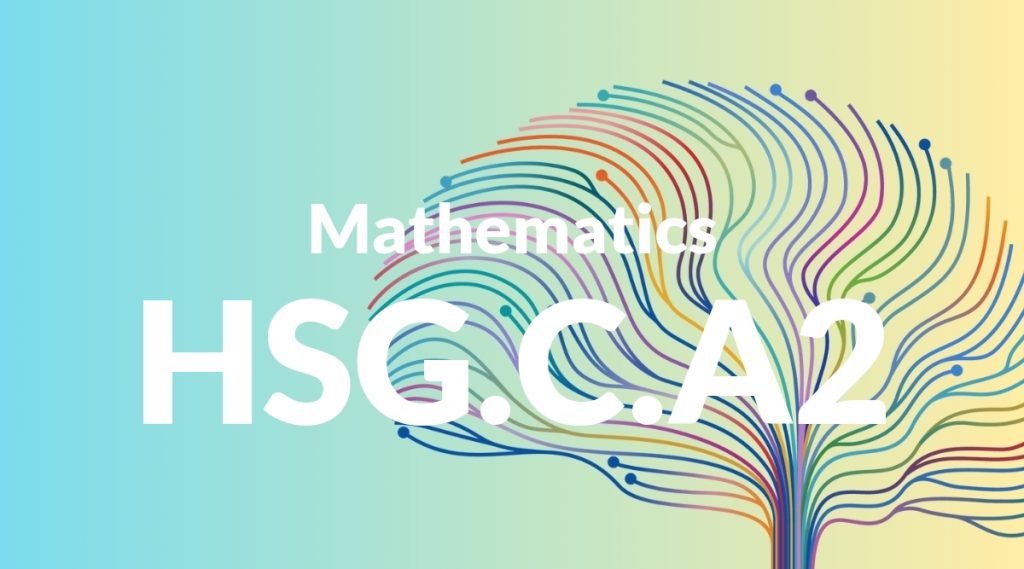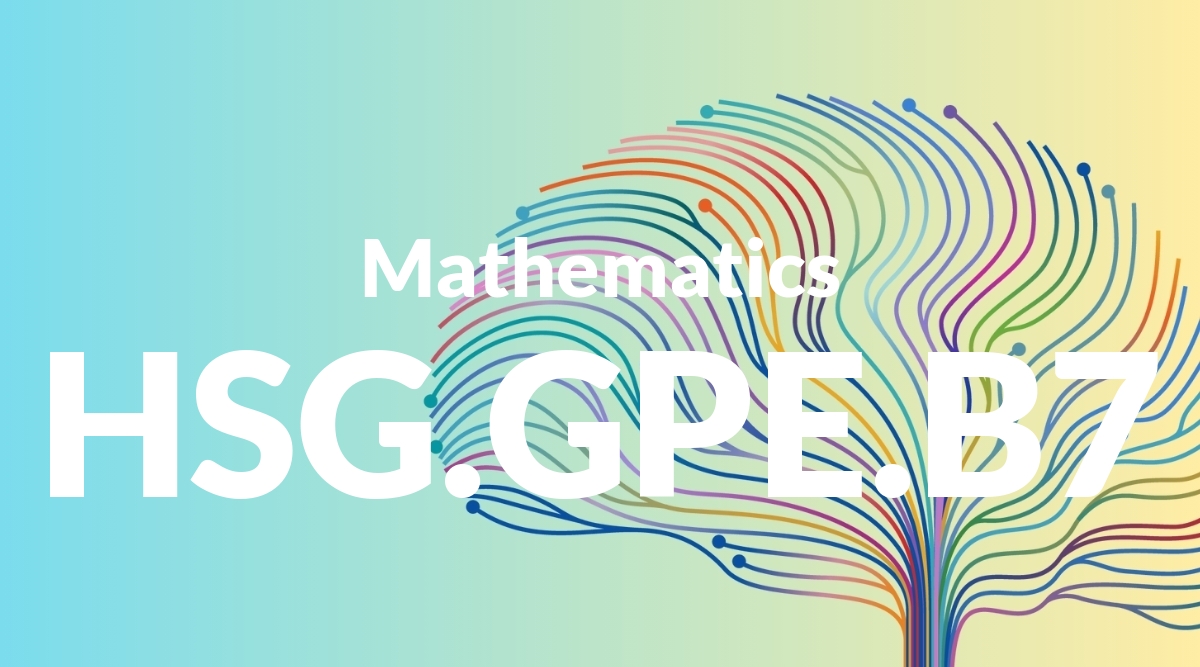Standard: HSG.C.A2 – Identify and describe relationships among inscribed angles, radii, and chords. Include the relationship between central, inscribed, and circumscribed angles; inscribed angles on a diameter are right angles; the radius of a circle is perpendicular to the tangent where the radius intersects the circle.
Grade level: High School: Geometry
Subject: Mathematics
Domain: Circles
Teacher Overview
This standard focuses on understanding the relationships between different parts of a circle, such as inscribed angles, radii, and chords. Mastery of this standard is crucial for students as it lays the groundwork for more advanced geometric concepts and applications in various fields like engineering and architecture. Students should be comfortable with basic geometric concepts and properties, including angles, circles, and perpendicular lines. They should also have some experience with solving geometric problems.
Students will be prepared to explore more complex geometric relationships and theorems involving circles. They will also be ready to apply these concepts in real-world contexts and advanced mathematics courses.
Common Misconception 1
A common misconception is that all inscribed angles are right angles. This is incorrect because only inscribed angles that subtend a diameter of the circle are right angles.
Intervention 1
To address this misconception, teachers can use dynamic geometry software to visually demonstrate the properties of inscribed angles. Students can manipulate the positions of points to see when the inscribed angle is a right angle.
Common Misconception 2
Another common misconception is that the radius is always perpendicular to any tangent line. This is incorrect because the radius is only perpendicular to the tangent at the point where the radius intersects the circle.
Intervention 2
Teachers can use physical models and drawings to show that the perpendicular relationship holds only at the point of tangency. Interactive activities can help reinforce this concept.
Prerequisite Knowledge
Students should have a basic understanding of geometric terms such as angles, radii, chords, and circles. They should also be familiar with basic angle relationships and properties of perpendicular lines.
Subsequent Knowledge
After mastering this standard, students will be able to tackle more complex problems involving circle theorems and trigonometry. They will also be prepared to explore conic sections and their properties in higher-level math courses.
Instructional Activities
- Use dynamic geometry software to explore properties of circles
- Hands-on activities with compasses and protractors to draw and measure inscribed angles
- Real-world problem-solving tasks involving circular objects
- Group projects designing circular structures or objects
- Interactive quizzes and games to reinforce concepts




